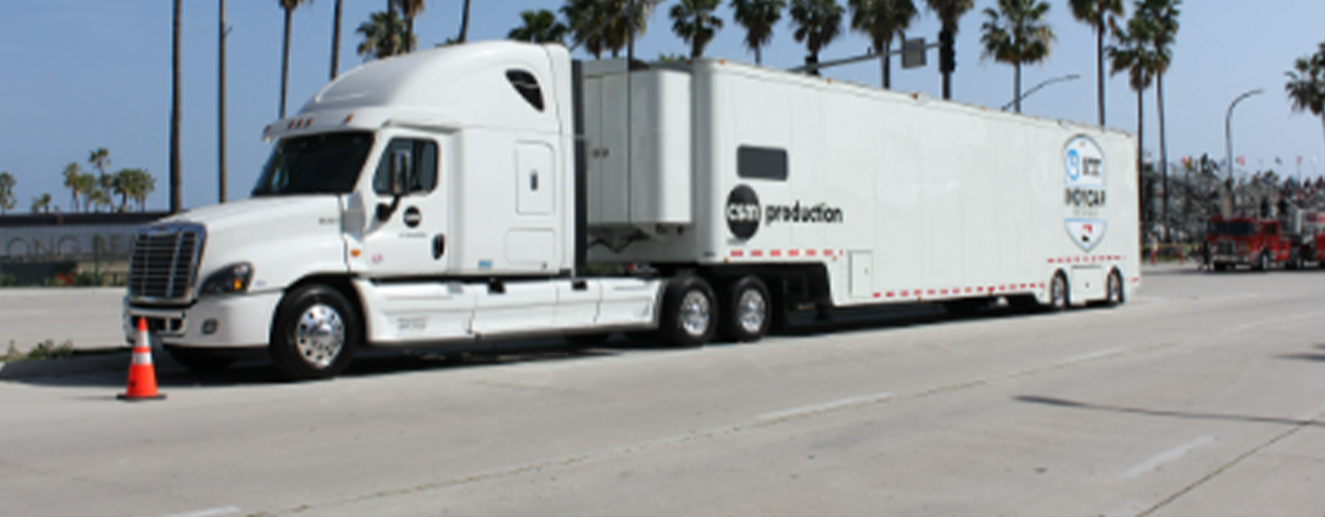Any organization that operates a fleet should know that its success and profitability depends on fleet efficiency. While managing a large number of vehicles or scheduling deliveries can be taxing, there are several ways to ensure that your drivers stay on track. The problem is many fleets are still using outdated management methods. That is why you require a fleet management strategy targeted to boost efficiency. For instance, leveraging software to get access to data & insights and maximize productivity is being increasingly used by fleet managers.
Here are some ways to improve efficiency for your fleet – take a look:
Use connected fleet management software
When it comes to fleet management, staying in touch with your team in real-time helps make the best decisions to ensure success. It meansthat managers are constantly updated regarding their fleet’s progress, current location, etc. which improves uptime and helps to achieve targets. Anstel’s connected fleet solution helps to automate routine tasks, optimize maintenance schedules and track important metrics. Our fleet management software is both intuitive and scalable.
Keep an eye on fuel costs
If you don’t track your fuel usage, it will negatively affect your overall budget. Managers can use GPS that tracks their drivers’ location to ensure that drivers are taking fuel-efficient routes. Fuel consumption can be monitored by keeping a check on idle time and driving patterns. For example, when managing fleets of large vehicles, idling might cost several gallons of gas! Monitor regularly if drivers are indulging in unsafe behavior like rapid acceleration, hard braking, etc. as it may impact fuel costs. As mentioned above, our connected fleet software can be integral in these aspects. Find out what problem areas you can address and coach your drivers accordingly.
Implement preventive and predictive maintenance
Wouldn’t it be great to detect minor issues in vehicles and resolve those before they balloon into something that is extremely expensive to fix? Schedule your fleet for routine checkups and services like oil changes, fluid refills and wheel and brake inspections to ensure that all parts are up-to-date. Preventive maintenance saves both time and money in the long run, while ensuring your vehicles run smoothly during operation. Using a remote diagnostic system such as Anstel’s OBD-II device, you can get information about vehicle health and be alerted of any issues that arise. Sensors trigger an alert when there is an urgent problem that requires immediate action or allow you to set service reminders that notify drivers when it is time for an oil change.
Predictive maintenance ensures you get notifications when parts have to be replaced, so you can get it done right away. Dealing with maintenance issues as soon as they come up will keep your fleet running efficiently. The data being generated by connected fleet software helps to predict when you have to replace parts, thus, you can order them well in advance.
Optimize routes
It is imperative to map out efficient and cost-effective routes from one point to another. This strategy allows shipments to reach on time, while drivers can complete more deliveries. Sticking to estimated arrival times can help enhance your company’s reputation, for making quick deliveries on time. Using route optimization software gives you real-time updates as to whether drivers are sticking to designated routes, or deviating from them. If there is a traffic jam, the software can chalk out alternative routes and quickly notify drivers so deliveries can still be completed with minimal hassle.
Make use of real-time tracking
What to do if drivers have an accident on the road? Or use company vehicles for personal errands? An advanced GPS-based system is a must, which supports real-time tracking and allows geo-fencing. You know the precise location of drivers and vehicles, so if there is any issue on the road, you can dispatch help without further delay. The tracking software lets you create geo-fences, so you know when a driver enters or leaves a specific area. If they are deviating from these zones to run errands or there is any theft involved, the technology comes in handy.
Centralize fleet management data
Your fleet is already using GPS tracking systems and other software to boost efficiency. While they are excellent to gain insight into the fleet, trying to manage data across multiple systems can be tough. Fleet management software seamlessly integrates with other fleet solutions to provide a comprehensive view of your data. Centralizing the data increases its value by allowing easy analysis of key metrics and keeping you better informed. For instance, the OBD-II device generates data about vehicle health that is automatically updated in the central dashboard. These updates trigger service reminders to keep your maintenance schedule on track.
Check for safety compliance
You must not compromise on driver safety – it is one of the best ways to ensure that vehicles arrive at their destinations on time. Unsafe driving may endanger your fleet while putting other drivers in harm’s way. On the other hand, safe driving leads to fewer tickets and accidents, reducing the chance of legal problems and possibly lowering insurance costs. Use IoT (Internet of Things) enabled sensors that decrease the risks of an accident while tracking the speed of a vehicle. They even measure idle time, stops, or off-route miles. This information can help you better train your drivers to comply with government safety regulations.
Calculate cost of ownership
Regardless of how many vehicles you have, managing the fleet’s budget can be challenging! If you use connected fleet management software, it provides real-time expense insights and automatically calculates the total cost of ownership. Understanding this helps to make data-driven decisions to improve efficiency. Fleet management software streamlines expense management to provide clear insight into your spending. Apart from tracking total cost of ownership, managers can monitor and control expenditures like fuel, parts for in-house maintenance, and other recurring expenses.
Analyze fleet reports
Lastly, you must understand how your fleet functions, in order to increase and sustain fleet efficiency. Measuring metrics like utilization, expenses, performance and maintenance give you insight into what is working positively and what needs improvement. Our fleet management software generates useful information that can be shared with other stakeholders. A regular analysis can assist in finding solutions to issues while improving operations.
Fleet managers should keep their eye on the big picture – boosting productivity and efficiency, which ultimately adds to the bottom line. Anstel’s connected fleet management solutions are just what they need to achieve that purpose, and ensure their fleets operate in a hassle-free manner.

 Global
Global Australia
Australia India
India




